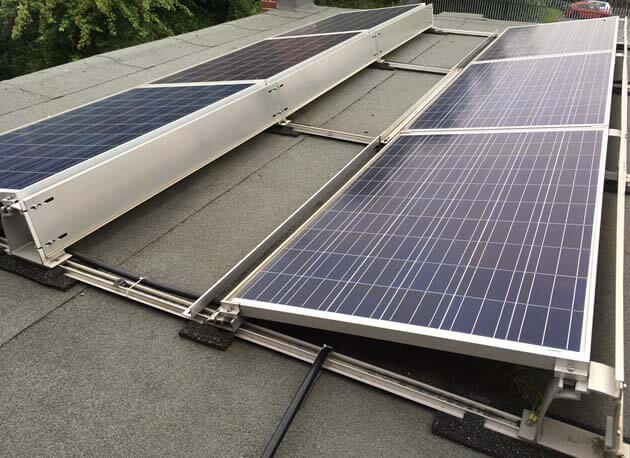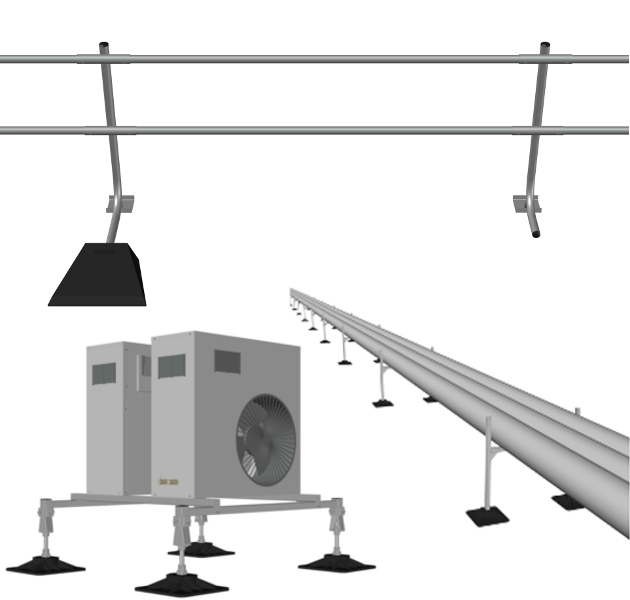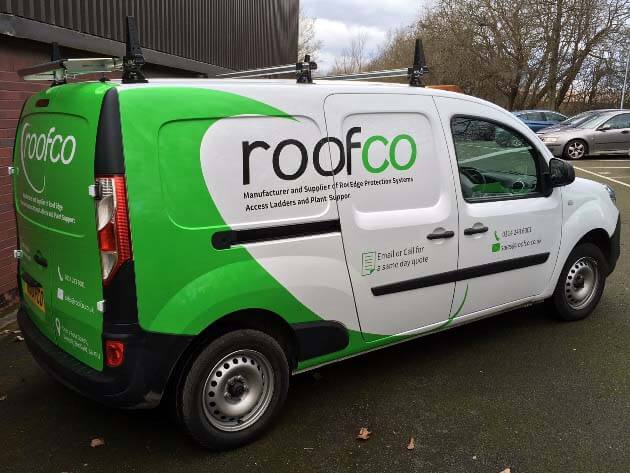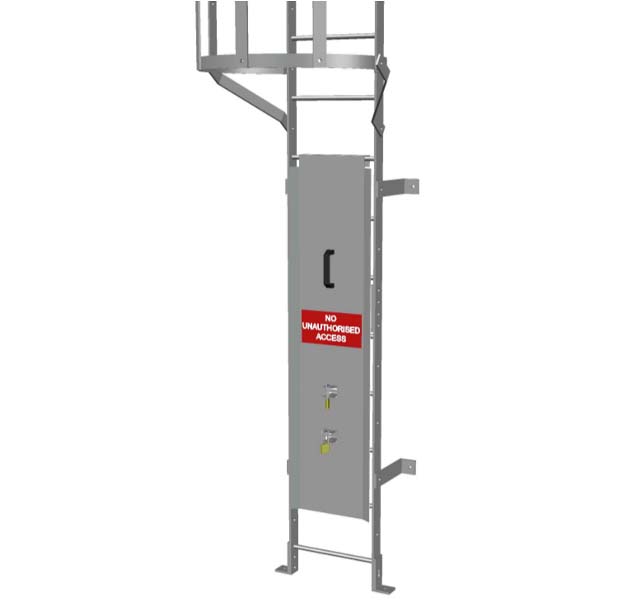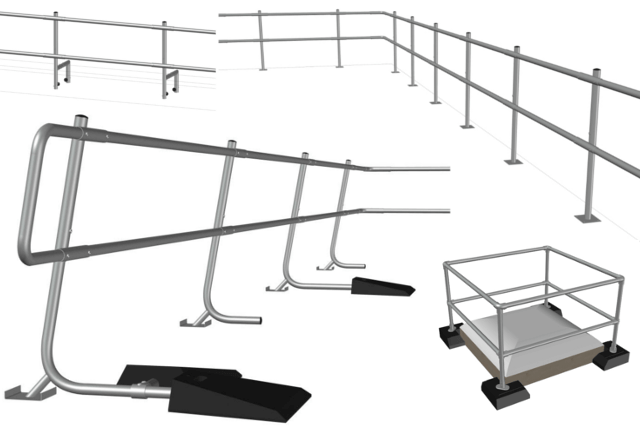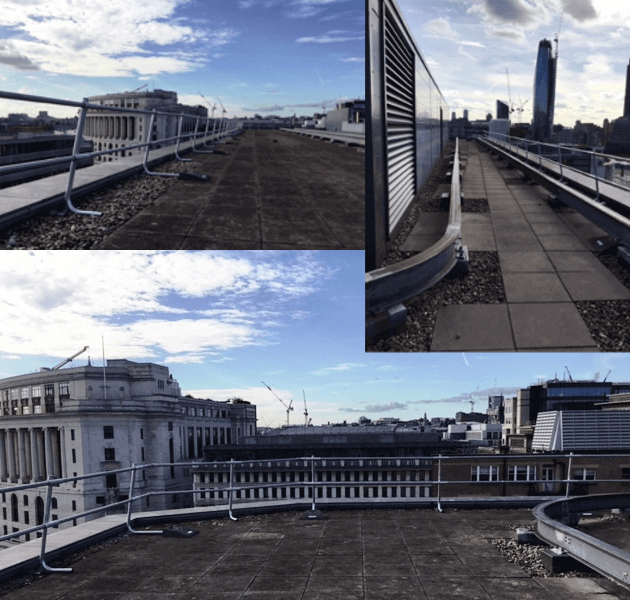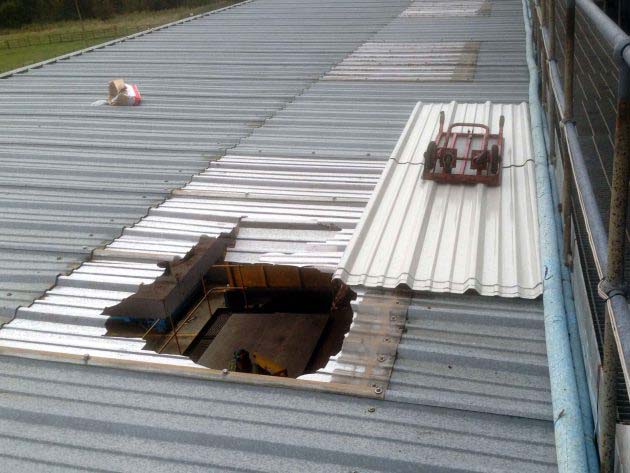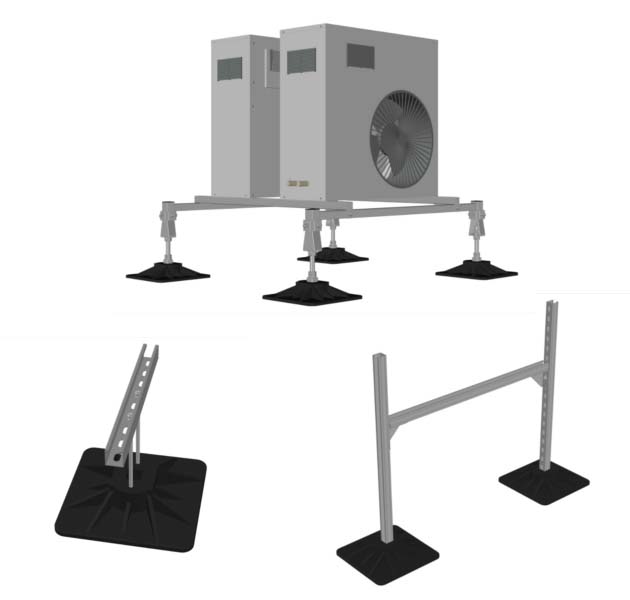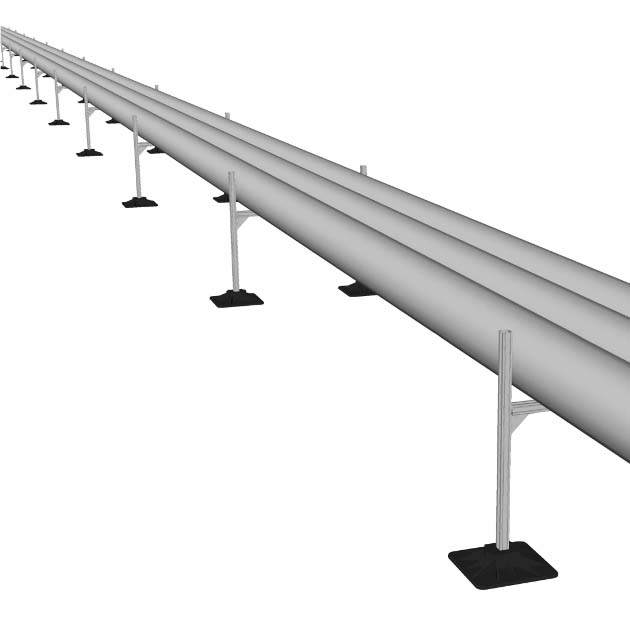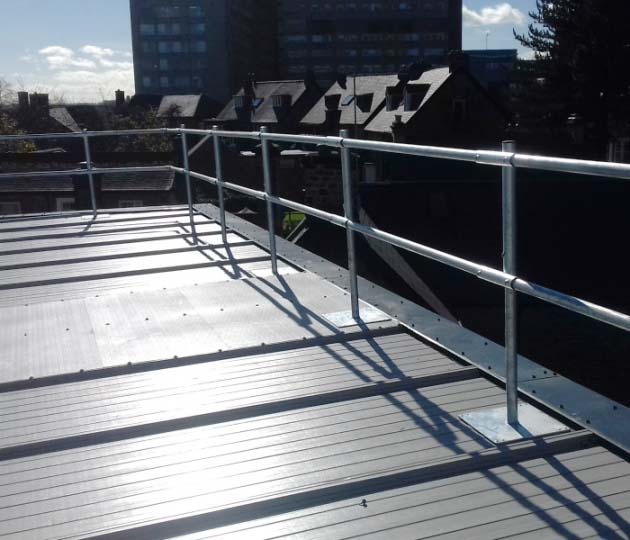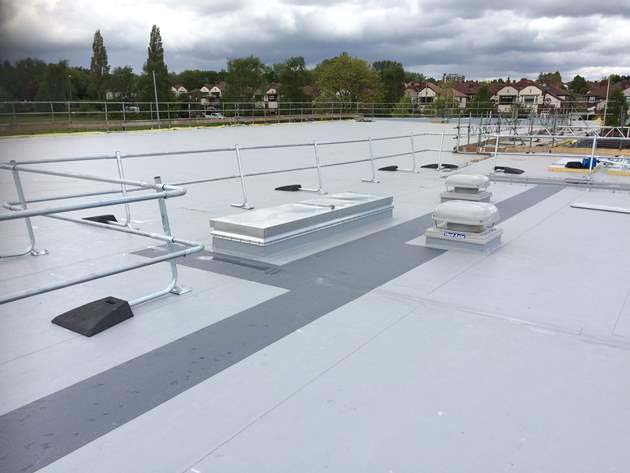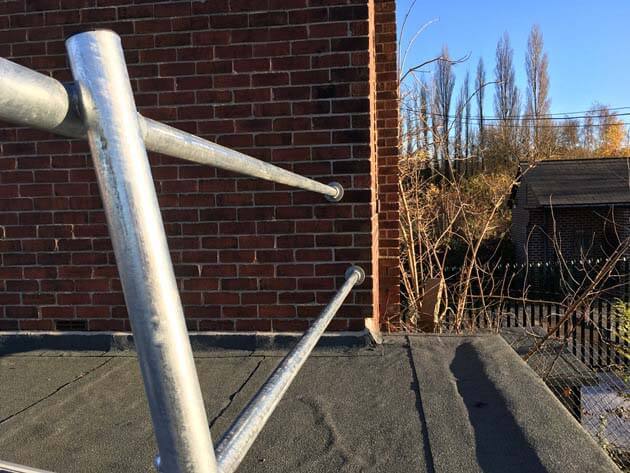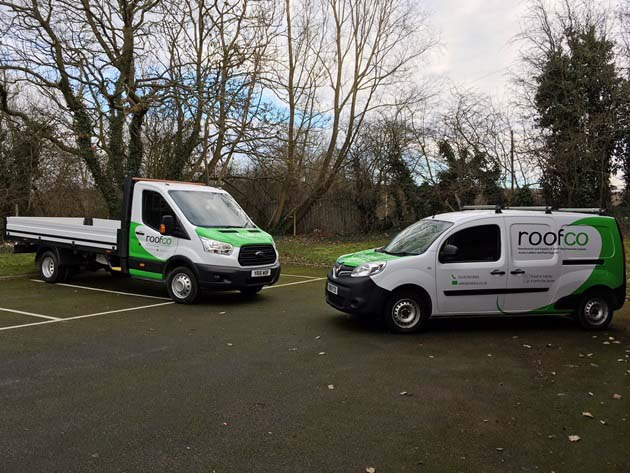The UK is known for its wet weather. Autumn 2019 saw record-breaking rainfall and since then storm after storm has battered our homes and businesses, causing flooding, which has a profound effect on many.
Is working at height safe and will the safety systems still be effective?
Excessive rain can cause serious damage to a roof, seriously testing the integrity of roof coverings and possibly moisture damage, which would potentially have an effect on the structural integrity of the building and cause mould, clog up rain water systems, and allow water to collect, to name a few.
When working outside, both you and the roof safety system will have to deal with various types of weather circumstances. The regulations vary depending on where you are in the world, for example countries that have regular snowfall would see these conditions as standard and safety precautions would be tailored to that. Here in the UK it is rain that comes as standard, and is our typical British weather.
Rain can cause corrosion: this is the deterioration and decay of metal – usually rust, which is never a good thing when it comes to safety equipment. It's recommended to regularly check the condition of safety equipment to ensure that regulations and safety measures are met. Rainfall can make surfaces such as guard rails and ladders slippery, so the utmost care must be taken, risk assessments should be carried out, and the weather assessed and monitored at all times. Safety systems are robust enough to withstand some of the harshest weather – so as long as they have been installed correctly and are being used correctly, they should remain effective.
As professionals you should always take the utmost care and attention in these areas, both for yourself and others: ensuring you have the right equipment and safety systems for your job is something that will be paramount to you. Roofco provide safety systems that are corrosion resistant, so no matter the length of the job, they will be able to withstand anything the UK weather decides to throw at them.









